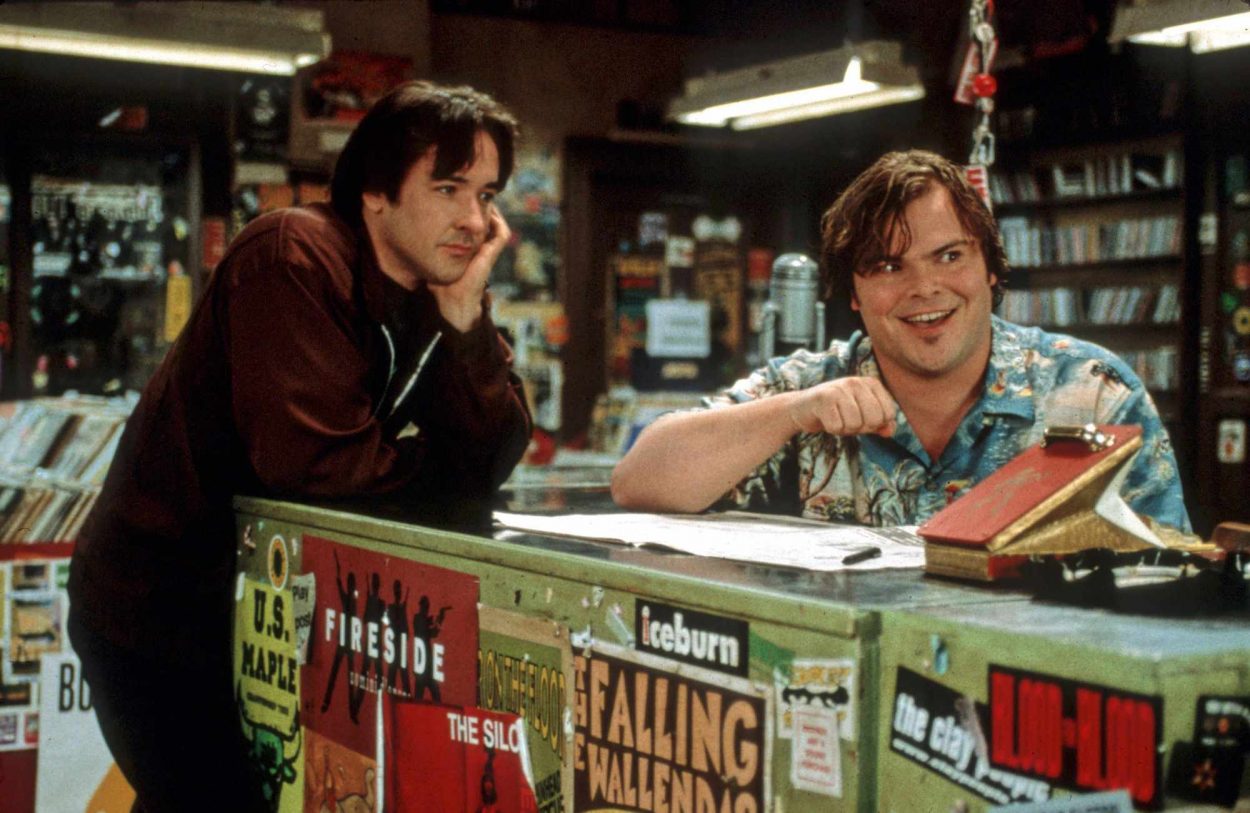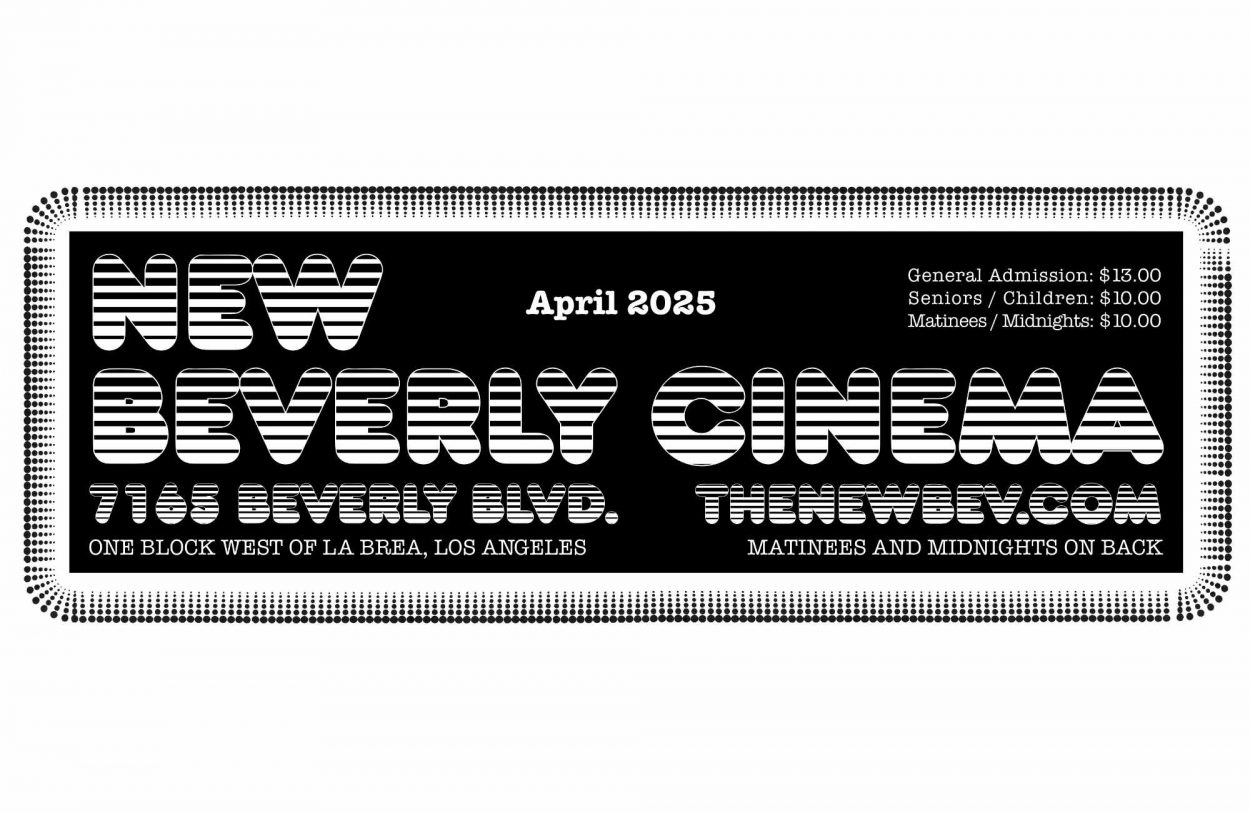One of the biggest tragedies about adventure films is that they rarely place a focus on women of bravery and determination. In the works of Errol Flynn, Douglas Fairbanks Jr, Burt Lancaster and other tough and strapping male actors of the time, one would be hard-pressed to find more than one or two films that platform women as more than a romantic lead and/or a helpless and needy female. Most times, they are written less as people and more as goals to be reached at the end of an arduous journey.
The double feature at the New Beverly on September 4th and 5th does not support that Adventure Film Rule. In fact, it looks it straight in the eye and give it a good sock in the jaw. Cecil B. DeMille’s Reap the Wild Wind (1947) and Josef Von Sternberg’s Jet Pilot (1957) take the powerless and insipid female archetype and circumvent it, replacing that worn out stereotype with bold, fun and fabulous women as main characters for the audience to revel in.
In Reap The Wild Wind, Paulette Goddard plays Loxi Claiborne, an independent and fierce character that heads up a ship salvage yard. Her sense of “proper” is getting the job done (in pants, while the rest of the ladies are in hoop skirts) and singing dirty sailor songs when pressed to “be a lady” for an audience.
Janet Leigh’s Anna Marladovna from Jet Pilot is a little trickier but is still arguably as heroic. When the audience first encounters Anna, we are informed that she is a part of the Soviet military. Later on, we discover that her identity is far more elusive but no less complex, especially for a woman traveling alone. She can fly a jet plane with ease, using that talent as a competitive ability.
The women chosen to play the leads in these films are tough and self-assured. It is clear that they are their own women, powerful and talented. But it is the swaggering sex appeal of John Wayne that allows their identity to be platformed so well. As strange as this may sound, even when one factors in The Duke’s highly macho image, these films allow the women characters to wield agency in a very unusual and dynamic manner, right along side Wayne. In fact, both films allow the women to, at some point, save his life instead of the other way around.
Reap The Wild Wind is not a movie to be missed. Full of hurricanes, talking dogs, a terrible Ray Milland hairstyle and an incredibly amazing encounter with a giant octopus, this is a great example of why Cecil B. DeMille was a great filmmaker. This is an action movie within an adventure/period context. John Wayne has never looked more handsome and the care that went into putting this motion picture together is astonishing.
Taken from a novel that was serialized in the Saturday Evening Post by Thelma Strabel, this film was the last time that gossip columnist Hedda Hopper ever played anyone but Hedda Hopper. Like many of DeMille’s productions, Reap went quite a few dollars over budget. Was it the fact that the director wanted to use a real octopus for the octopus scene? Was it because they had to procure fish and lobsters from Malibu and get the permission of the California Fish and Game Commission? Those are likely partial reasons.
John Wayne’s role of Jack Stuart was originally supposed to have been played by Errol Flynn, the master of adventure films. However it worked out best that Flynn did not play Stuart. Wayne’s casual approach to the character created a wholly different film. Flynn was a great actor but so familiar as a swashbuckling hero that his familiar presence in a picture about ships and good/bad guys might have swallowed the unique narrative.
On March 18, 1942 at the newly restored El Capitan (then renamed the Paramount Theater) on Hollywood Blvd., Paramount celebrated their 30th business year; DeMille commemorated his 30th year making films and Reap The Wild Wind opened worldwide. It was a huge night. It was an unmitigated success. The picture whose budget excess had worried studio execs won the Academy Award that year for Special Effects and while Reap cost $2,038,210.91 to make, it grossed $4,000,000. While those figures have not been adjusted for inflation or reworked to include home entertainment figures, reissues or TV syndication, that’s still nothing to sneeze over.
Jet Pilot was a troubled production. Then again, it was a Howard Hughes film. To start with, it was made in 1950 and not released until 1957. That alone was problematic as all the leads looked massively different by the release date and critics noticed. Then there’s the larger issue of the director. While Josef Von Sternberg has the director’s credit, one would be hard-pressed to say who is actually responsible for the film’s content.
Jet Pilot is said to be Von Sternberg’s only color film, but it doesn’t read like a Von Sternberg feature. A highly talented director responsible for great works like Blue Angel (1930) and The Devil is a Woman (1935), Von Sternberg’s style really did not match that of Jet Pilot. And it is no wonder. He was only one of many that worked on the film.
The production history of Jet Pilot reflects that it had almost as many directorial changes as Spinal Tap has had drummers. Amongst those on the list were Jules Furthman, Byron Haskin, Don Siegel, Ed Killy, and Howard Hughes himself. Siegel’s footage was most likely not used, but as for the remainder of the film… it’s a toss-up as to what was shot and by whom. The majority was likely Von Sternberg (thus the credit) but documentation also has Howard Hughes as a contributing partner. And it’s no wonder. He had an idea that somehow this was to be some kind of sequel or sister film to Hell’s Angels (1930).
The film involves anti-Communist themes, real life footage from jet planes shot specifically for the film (world-famous pilot Chuck Yeager, who had broken the sound barrier in 1947 was one of the pilots), and the showcasing of Janet Leigh’s body.
As to the last one, a modern character reading might allow us to see the deliberate sexuality that Anna displays as a method of female agency utilized to achieve personal or professional satisfaction. But one cannot forget that Jet Pilot is a film produced by the same man who designed a special bra for Jane Russell to wear during The Outlaw (1943) in order to emphasize Russell’s, um, special talents. This is certainly a film to be negotiated.
While the film has been rejected critically and it is certainly not perfect, Jet Pilot is unique and interesting and should not be missed. Like Jack Stuart in Reap the Wild Wind, John Wayne’s character of Colonel Jim Shannon in Jet Pilot is a distinctive role. Unless you’ve seen films like Michael Curtiz’ Trouble Along the Way, Wayne is just not known to be anything less than a macho dude. So seeing him in a double feature where his masculinity is reworked along new lines is a remarkable thing.
François Truffaut said of Jet Pilot, “[A]mazingly enough, it is a successful, even a beautiful film… For Hughes, it was simply a matter of satisfying his three passions of the moment: aviation, Janet Leigh and anti-communism. We could say that his three wishes were granted beyond his hopes. Jet Pilot is one of the best aviation films of the period, Janet Leigh is magnificent and the anti-Communism is of rare wickedness.”
*For more on Howard Hughes, I highly suggest that you seek out the You Must Remember This Podcast Series and listen to the amazing Howard Hughes episodes and histories that are on there. They are just mind blowing!!


